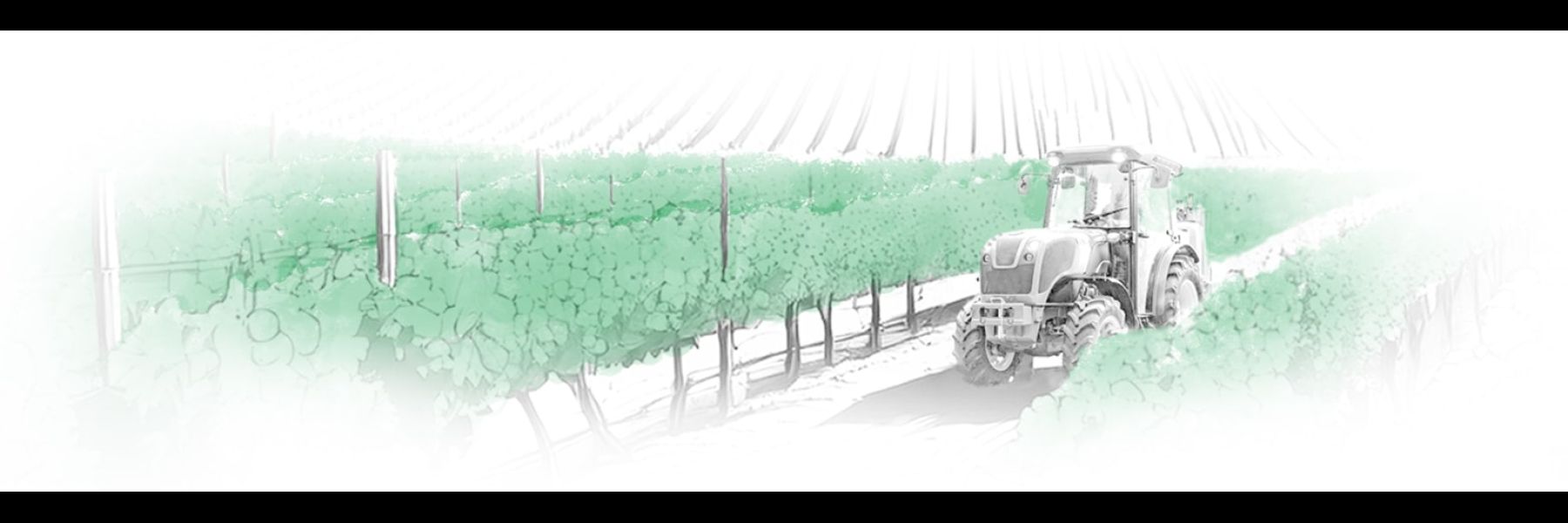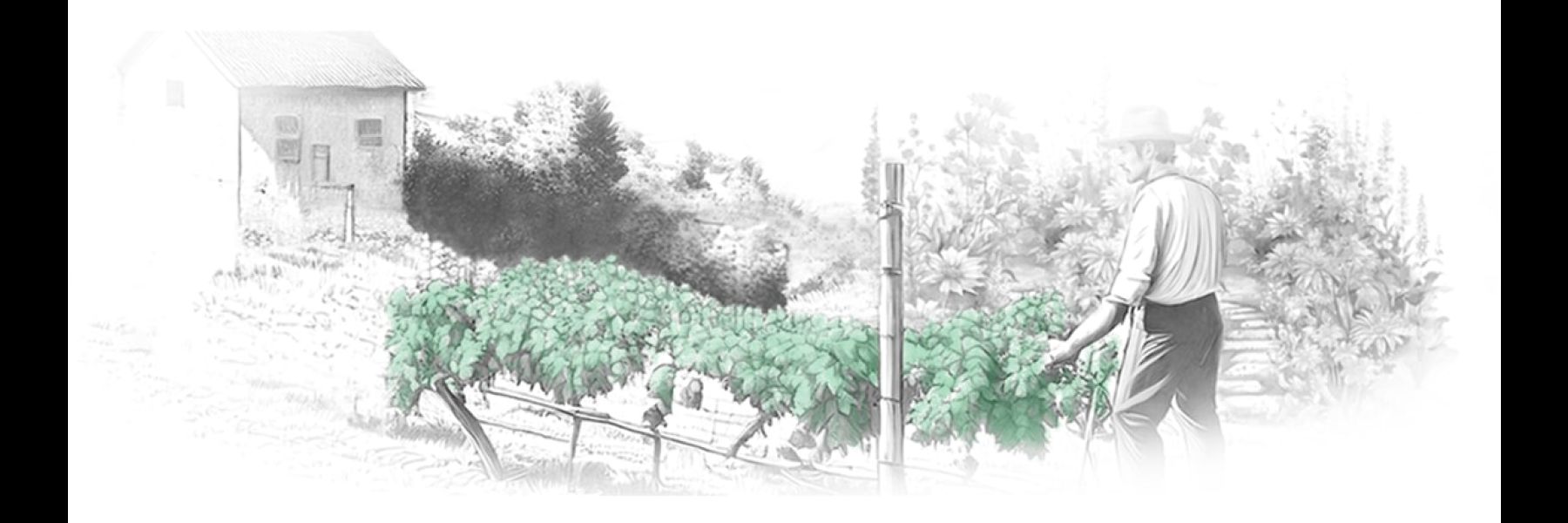MERCIER, A FAMILY AFFAIR WITH VINES SINCE 1890
The Mercier vine nurseries were first established in 1890 at Vix, a small village in the Vendée region, where Anatole Mercier developed a real passion for grafting vines. His son Roger continued the family tradition and developed the company until 1970.
It was under the energetic direction of Jean-Pierre Mercier, along with his brothers, that the company really started to expand significantly. They were the first to understand the importance of sanitary quality and traceability for producing vine plants. It is this combination of expertise and conscientiousness that has enabled winemakers to improve the quality of their vineyards and therefore their wines. In addition, Mercier has established a new relationship between the nursery and winemakers, based on mutual trust and technical skills.
Today, Mercier is recognised for the physiological quality and overall the sanitary quality of its vines, its technical expertise, its support services as well as for the wide choice of plant materials on offer.
KEY MOMENTS IN OUR HISTORY
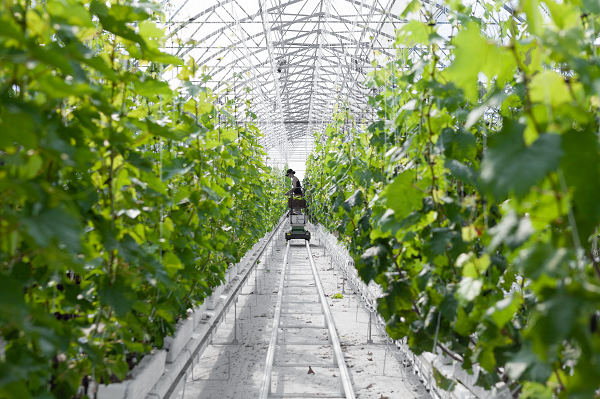
The 2020s : creation of new varieties enabling the development of sustainable viticulture
- Launch of the Altis® range
- Launch of the first naturally-resistant variety, Nathy®.
- Inauguration of the first off-ground propagation centre, enabling traceability and absolute sanitary quality while increasing the speed with which new varieties and selections can be rolled out.
- Mercier is officially recognised as an establishment that selects and creates grapevine varieties.
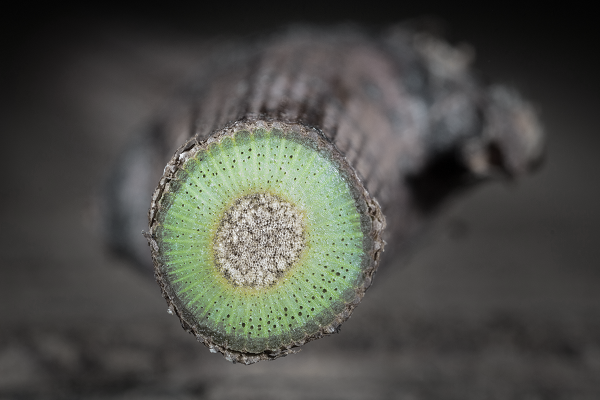
The 2010s : official recognition of Mercier biocontrol products
- Production of the first plants disinfected and therefore protected against the fungi linked to grapevine trunk diseases (emergence of CleanPLANT®).
- An international patent (International publication number WO2013/01105311) request submitted for the CleanPROCESS® procedure.
- The trichoderma I-1237 strain, routinely inoculated in the ForcePLANT® range, is the first bio-fungicide approved for use against the pathogens associated with grapevine trunk diseases.
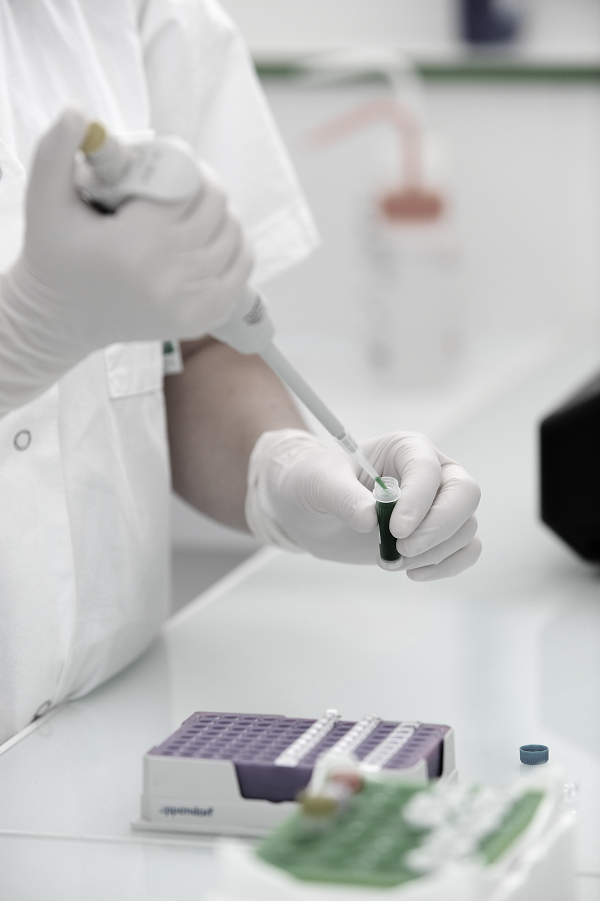
The 2000s : Mercier ramps up its R&D and focuses on biocontrol products to increase the vine’s natural defences and quality
- Launch of the CleanPLANT® range.
- Launch of the ForcePLANT® range.
- Launch of the first specially-developed potted ‘mycorrhized’ plants destined for replanting: the Force9®.
- Production of the first vines inoculated with the trichoderma I-1237 strain.
- Publication of the first results from R&D studies on inoculating vines with the trichoderma I-1237 strain.
- First trials with ‘mycorrhization’ and inoculating vines with biocontrol products.
- First PCR analyses for screening various vine-related pathogens.
- ISO-17025 standard accreditation of the laboratory by COFRAC, for carrying out ELISA analyses.
- Inauguration of the new premises for the Novatech R&D centre (450 m2 of laboratories, 150 m2 of workshops and 500 m2 of greenhouses).
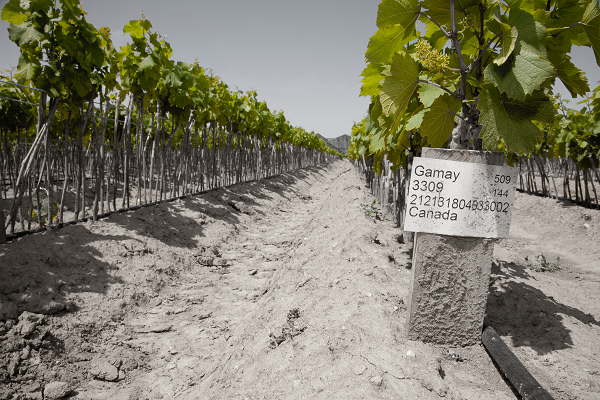
The 1990s : Mercier is officially recognised as the leading sector in the areas of vine health and traceability.
- Founding of Mercier Argentina.
- Mercier becomes the European leader
- Mercier is the first vine nursery to master the green grafting (a perfect rising sap graft enabling optimum vascularisation between the scion and the rootstock).
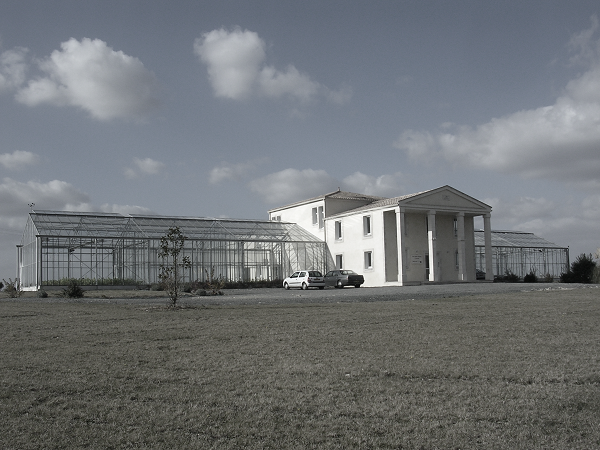
The 1980s : Mercier focuses on vine health and traceability when producing its plants
- Opening of the B establishment for ensuring supplies of plant materials (scions and rootstocks).
- Launch of the self-sufficiency strategy with the planting of mother block for rootstocks and scions.
- Creation of the Novatech laboratory, an R&D and plant health diagnostics centre.
- Inauguration of the technical sales departments in Bordeaux and the southern France.
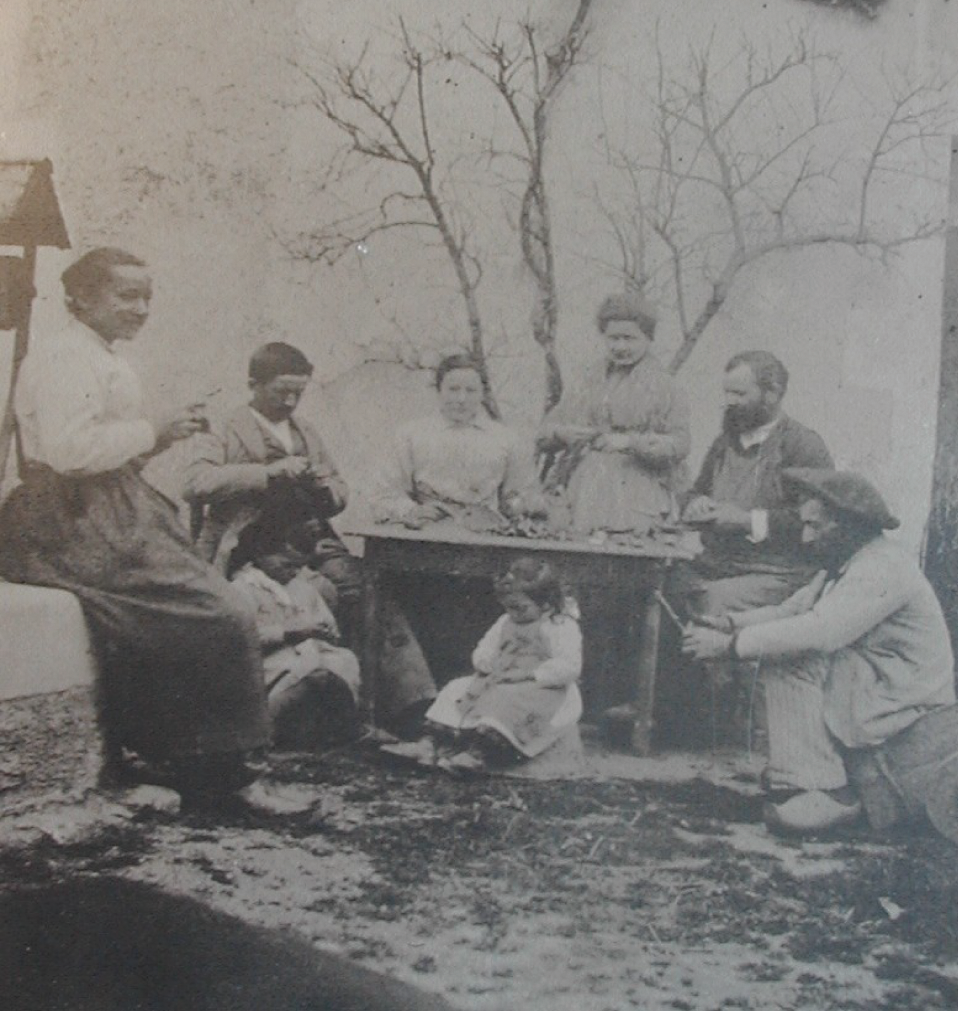
1890 : Anatole Mercier founds his grapevine nursery, a family business carried on by his son
It all started with the phylloxera crisis. Anatole Mercier became fascinated by the grafting possibilities on grapevines and went to Angoulême for further experience and training. Back on the family farm, he quickly decided to replant the vineyard. News of the quality of his grafts and plants spread quickly and demand for his services increased rapidly. As a result, he was able to widen his customer base into neighbouring regions – the Charentes, the Loire, Bordeaux, etc. The Mercier adventure was under way. And this passion was to continue from one generation to the next.


